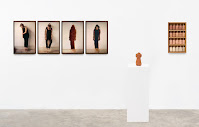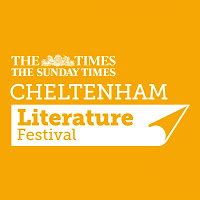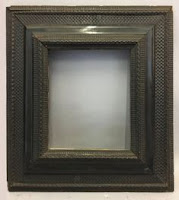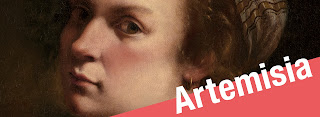Black Greenwich Pensioners

Fascinating small exhibition at the Old Royal Naval College Visitors’ Centre looking at black sailors who had passed through the Royal Hospital for Seamen and the effect they had had on the area. This show was mainly information boards with just a few artefacts from the family of John Simmons who served at Trafalgar and is shown in this picture with his Trafalgar medal. However it was packed with stories and insight into the area in the 18th and 19th century. What a fantastic piece of research! The Royal Navy was the largest employer of free black labour at the time in Britain however the hospital did not record the race of new pensioners just their county of origin so it isn’t clear how many of them were black. It is likely that many registered as American were black former slaves. The show pointed out that in the navy all the sailors lived equally on board ship and probably at the hospital, rank was more important than race. As pensioners could live in or out of the hospital in ...

























